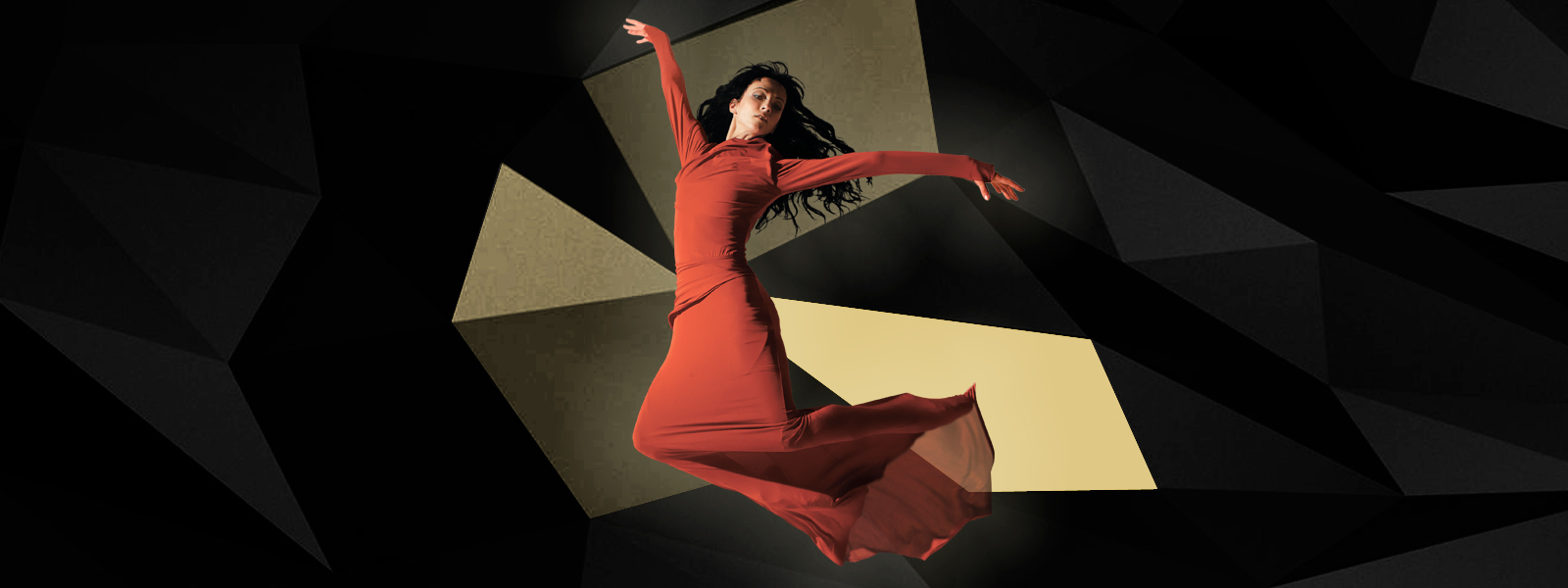Pas De Deux from the 3rd Act of Don Quixote
Canada All Star Ballet Gala
Mind-blowing show! Only in Toronto!
Exquisite. Educational. Enlightening. Transforming.
The Most Prestigious Ballet Gala in the world!
April, 2018


Pas De Deux from the 3rd Act of Don Quixote
The “wedding” pas de deux from the third act of the ballet Don Quixote is a brilliant pinnacle of the plot, which had already taken the public from the hustle and bustle of the city square in Barcelona in the first act to a gypsy camp, where the two adventurous lovers sought refuge, and further, to a mysterious, dreamy forest in the second act. In current versions, accepted by most major companies in the world, the third act is set in an aristocratic castle, which hosts the wedding ceremony of Kitri and Basilio, the adventurous lovers who prevail over the stubborn parents and societal boundaries to their delight and, not less, that of the public. In the third act, classical dance on pointes dominates, while the Spanish flavor, which governs the first two acts, is reduced to thestylized port-de-bras and details in costumes of the attendants. In the third act, the title character, the Errant Knight of La Mancha, plays no active part but becomes only an emblem of chivalry and love, which he is destined to search for again on his endlessjourney.
The way in which the finale of this ballet came to the twenty-first century is emblematic of the creative rivalry between the balletic traditions of St Petersburg and Moscow. Just to recall a few facts from the long history of this ballet in relation to the final pas de deux:Marius Petipa created his 1869 version of the ballet for Anna Sobeshchanskaya, the premier danseuse of the Imperial Bolshoi Theatre of Moscow. Léon Fyodorovich Minkus (or Ludwig Minkus, 1926-1917), an Austrian-born composer of the Russian Imperial Theatres, was commissioned to do the music. Two years later, Petipa restaged a more opulent version of the ballet in St Petersburg (the Moscow public had already greatly appreciated the Spanish flavor of the production and its spirit of sword-and-dagger comedy).
All contemporary versions of the ballet, however, are largely associated with Alexander AlexeyvichGorsky’s (1871-1924) restaging of the ballet—first in Moscow, again in the Bolshoi Theatre, in 1900, and then, in St Petersburg in 1902. Gorsky was a true innovator of classical dance whose inspiration came from a variety of non-balletic sources, such as the Stanislavsky method of acting, which favored naturalistic, believable communication on stage, and from the Art Nouveau school of Russian painting, which relied on powerful post- impressionistic visual effects. Gorsky’s style of staging appealed more to the Moscow public of the period and prompted many negative reviews in St Petersburg. Undoubtedly, Gorsky left his stamp on the choreography of the wedding pas de deux in the way Kitri and Basiliocontinuously communicate with each other, as if their common, popular origins resist the coldness of the official ceremony. Gorsky was responsible for introducing the lovely harp-solo variation for Kitri, which was found in another ballet by Minkus. It was also Gorsky who made the final pas de deux more technically challenging for the ballerina at least (the development of the male solo occurred later in thecentury). When he restaged his version in St Petersburg, Matilda Kshesinskaya, the uncrowned tsarina of the Imperial Theatres, decided to perform the thirty-two fouettes in the coda.
The pas de deux became a favorite piece for virtuoso dancers prone to combining their technical skills with the ability to creative distinctive characters even in the structured form of a classical pas de deux. When it happens, the audience is set for an absolute visual treat, in which the ballerina and her partner playfully compete with each other in their soaring jumps, bravura pirouettes, and statuesque balances. The pas de deux’s choreography benefited from many remarkable interpretations introduced to it by thedancers who inflected it with their individual technical traits.